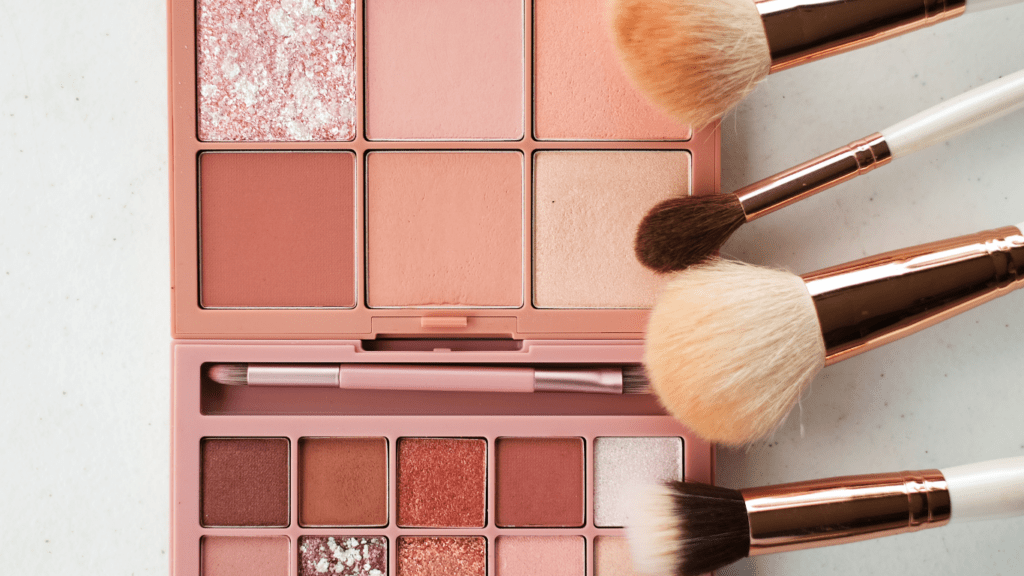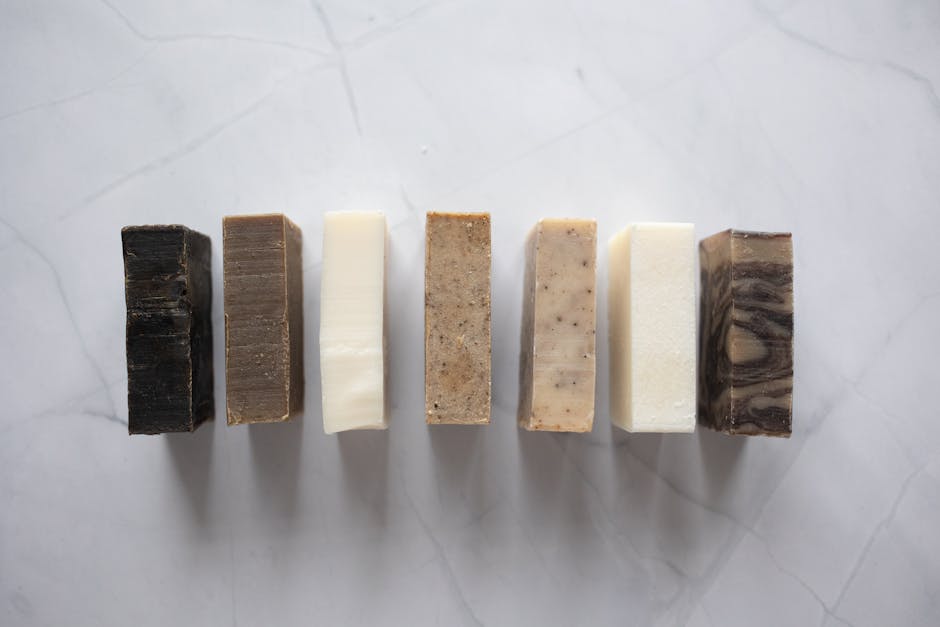Understanding the Impact of Microbeads in Beauty Products
Microbeads have entered mainstream conversations mainly due to their controversial nature in skincare. I will delve into what they are and their roles in cosmetics.
What Are Microbeads?
Microbeads are synthetic, non-biodegradable plastic particles, typically smaller than 1mm. Made from polyethylene or polypropylene, these microplastics appear in various personal care products.
Microbeads serve as exfoliants but don’t dissolve in water, remaining as persistent pollutants.
The Role of Microbeads in Skincare and Cosmetics
In skincare, microbeads function as physical exfoliants, helping slough off dead skin cells from the surface. They give users a smoother, brighter complexion.
In cosmetics, microbeads can improve product texture or act as fillers. However, these benefits come at an environmental cost due to their persistent nature.
Understanding the implications of using products with microbeads enables informed choices that prioritize both beauty needs and environmental sustainability.
Environmental Concerns Associated With Microbeads
Microbeads from beauty products pollute water systems, negatively affecting wildlife and prompting regulatory responses.
Water Pollution and Wildlife Impact
Microbeads enter water systems through drainage, causing significant pollution. These tiny plastic particles often bypass water treatment facilities and make their way into rivers, lakes, and oceans.
Ingested by marine life, microbeads can cause physical harm and chemical toxicity. For example, fish and other aquatic creatures mistake microbeads for food, which can lead to digestive blockages and exposure to toxic substances.
Marine ecosystems suffer due to the persistent nature of microbeads. Unlike organic matter, microbeads do not biodegrade. They accumulate over time, magnifying their environmental footprint.
The trophic transfer of these particles up the food chain poses risks to higher predators, including humans, who consume seafood contaminated with microplastic pollutants.
Legal and Regulatory Responses
Governments globally have responded to the environmental threat posed by microbeads. In 2015, the United States enacted the Microbead-Free Waters Act, which bans the manufacture and sale of rinse-off cosmetics containing microbeads.
This legislation followed scientific findings highlighting the ecological impact of microbeads.
Other countries have implemented similar bans. For instance, in 2018, the United Kingdom prohibited the use of microbeads in cosmetic and personal care products. These regulatory measures aim to reduce microplastic pollution by eliminating this source of contamination.
In addition to national bans, international agreements like the United Nations Environment Assembly’s resolutions address microplastic pollution. These efforts reflect a broader commitment to protecting aquatic environments and public health from the dangers of microbeads.
Health Implications of Microbeads

Microbeads’ non-biodegradable nature raises significant health concerns. Understanding these implications helps make informed decisions.
Potential Risks to Human Health
Microbeads in beauty products pose various risks.
Ingested through contaminated seafood, these microplastics can carry toxic chemicals.
Studies reveal that microbeads adsorb pollutants like pesticides and heavy metals from the environment, increasing toxicity levels in marine organisms [Source: NOAA].
These contaminants accumulate in the human body over time, possibly causing hormonal disruptions and other health issues.
Dermal exposure is another concern; although skin acts as a barrier, prolonged contact with microbead-containing products may lead to skin irritation and abrasions in sensitive individuals.
Alternative Ingredients and Safer Products
Manufacturers are shifting to eco-friendly alternatives. Natural exfoliants like:
- oatmeal
- sugar
- salt provide
Similar benefits without environmental drawbacks. For instance, companies now use biodegradable options such as jojoba beads.
These ingredients not only reduce environmental impact but also eliminate health risks associated with synthetic microbeads.
Consumers should check product labels for terms like “microbead-free” to ensure safer choices. Brands increasingly align with sustainability goals by adopting these alternatives [Source: Environmental Working Group].
Consumer Awareness and Actions
Awareness about the impact of microbeads has grown, prompting consumers to take action for both health and environmental reasons.
How to Identify Microbeads in Products
Identifying microbeads in beauty products requires examining ingredient lists. Look for terms like “polyethylene” and “polypropylene,” common microbead materials. Scrutinize products labeled as exfoliants, cleansers, or scrubs.
Microbeads often appear in these categories. Some brands highlight their absence by using “microbead-free” labels, offering a quicker identification method. Knowing these key terms and labels simplifies the detection process, aligning purchases with sustainable practices.
Steps Towards Sustainable Consumption
Transitioning to sustainable consumption involves several proactive steps.
- Choose products with natural exfoliants like oatmeal, salt, or bamboo instead of microbeads.
- Support brands committed to eco-friendly practices and transparent about their ingredients.
- Engage in community awareness campaigns to educate fellow consumers.
- Participating in environmental advocacy amplifies the collective push towards banning harmful materials.
By adopting these actions, we significantly reduce the environmental footprint of our beauty routines.




